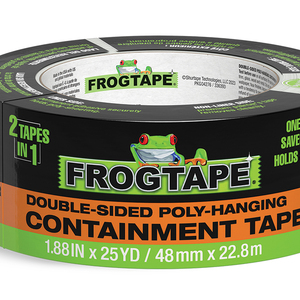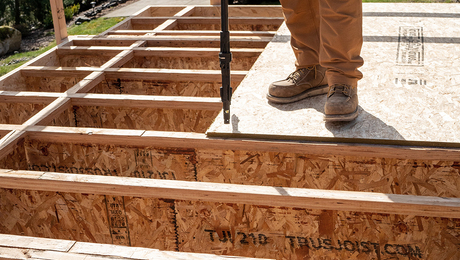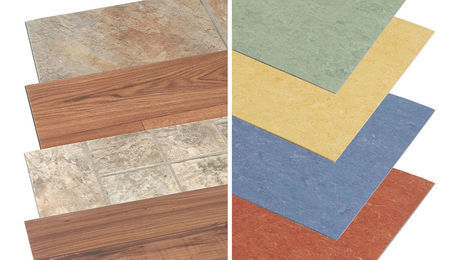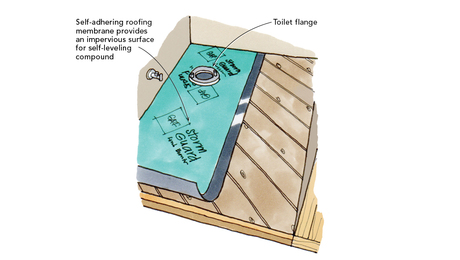Q:
I have a question about filling open knot holes in “natural grade” quartersawn red-oak flooring installed over a radiant floor. My floor guy swears that traditional wood filler is fine, and he wants to dabble on ebony stain for color before staining the entire floor. I was thinking of filling the holes with clear epoxy to keep the open-knot look, but he thinks it will work its way loose over the course of a few seasons of floor movement. What is the best option here?
Matt Falzarano, None
A:
Because of the size and depth of the knots, I would not use a traditional wood filler. Traditional wood filler is water based, which makes it more prone to shrinking and cracking over time. That will only be made worse by your radiant floor, which keeps flooring on the drier end of the moisture spectrum. Wood-flour cement or epoxy, neither of which is water based, will perform better than ordinary wood filler.
If you’re aiming to disguise the holes to look like the surrounding wood, I suggest mixing some fine sanding dust with wood-flour cement (glitsa.com). If the flooring will be stained, you can add some of the stain to this mixture as well.
If you’re looking to highlight the knot, use epoxy, adding a bit of black chalk to the mix before application. Acting more like a glue than a filler, epoxy will bind the knot and surrounding wood together, forming a very strong repair.
Regardless of what you use to fill the holes, start by making sure you have vacuumed out the void thoroughly. Once clean, trowel the cement or epoxy into the void with a slapping motion, coming at it from multiple angles. This forces the cement or epoxy into all the cracks and grooves that can’t be seen from the top of the floor board, ensuring a good bond.
With either of the above techniques, your knots will perform just as well as the rest of your wood floor.
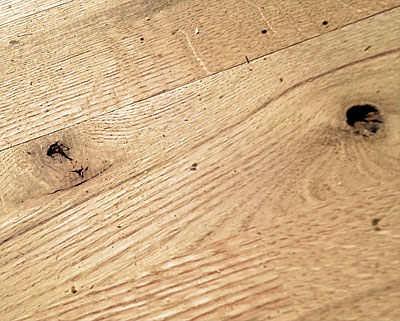
courtesy of Matt Falzarano
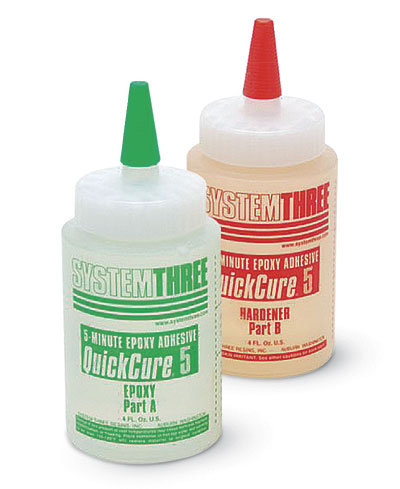
Dan Thornton


